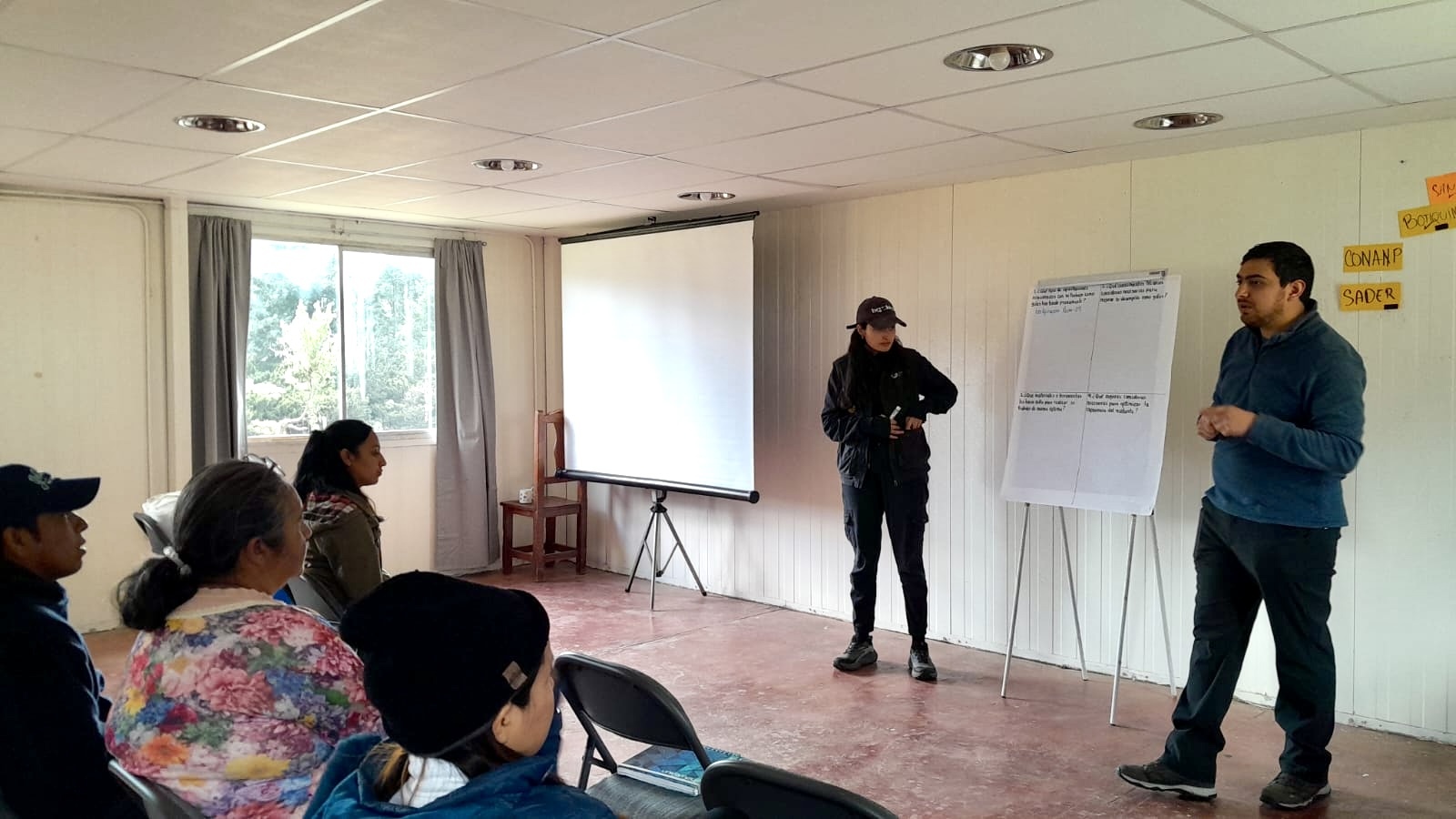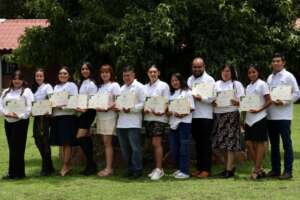Every season, thousands of national and foreign visitors come to monarch sanctuaries in Mexico to witness the arrival of the monarchs, making tourism one of the main sources of income for the localities that live in the core zone of the Monarch Butterfly Biosphere Reserve.
However, the tourism model that predominates in these places responds to a conventional logic based on mass tourism. While this model can represent immediate economic benefits, it also carries significant risks: it puts pressure on local ecosystems, promotes unsustainable practices, and, in many cases, weakens the social and cultural structures of host communities (Li et al., 2022).
Faced with this challenge, the Community Network for Learning in Alternative Tourism of the Neovolcanic Axis (CATA Network) was formed, an initiative aimed at promoting the exchange of knowledge, experiences and good practices among local actors linked to tourism. This network promotes an alternative tourism approach that values social, cultural and ecological elements, aligned with the principles of sustainability and territorial justice.
Recognizing that tourism can be a powerful tool for conservation, as long as it is well managed, the CATA Network seeks to work with community guides, strengthening their capacities to lead tourists in the overwintering sites of the monarch butterfly.

Through participatory workshops, with funding from the Monarch Butterfly Fund, the aim was to provide local guides with conceptual and practical tools on topics identified as priorities by the guides in addition to providing articles that promote their tourist activities. This training lays the foundations for the design of a comprehensive long-term environmental training and education program, with the potential to be replicated in other tourist stops in the region in the monarch’s overwintering region.
Spring 2025 update
A total of 72 people attended two workshops in four different locations in February and March, 2025. Workshops were held at common tourist stops: Senguio, Llano de las papas, Cerro Prieto, and Jiquipilco.

February’s workshops gathered information on guides’ previous training and experiences, interests for future training, tools necessary for their work as guides, and infrastructure end equipment needed for visitors’ experiences.
At the second round of workshops, equipment was provided to help at tourist stops, including binoculars, blankets, and more.
For example, one ejido was granted sets of binoculars to implement birdwatching tours as a tourist experience in addition to monarch butterfly tours.
Workshop Outcomes
Staff of tourist resorts participating in these workshops identified the need to diversify the tourism experiences to generate income year-round, not just during the Monarch butterfly wintering season. They also recognized the need to transition toward alternative tourism, prioritizing the environmental, social, and cultural conservation of the sites.
Continued capacity-building work is needed to continue transitioning to an alternative tourism approach and turn tourism into a tool for economic, social, AND ecological conservation.




